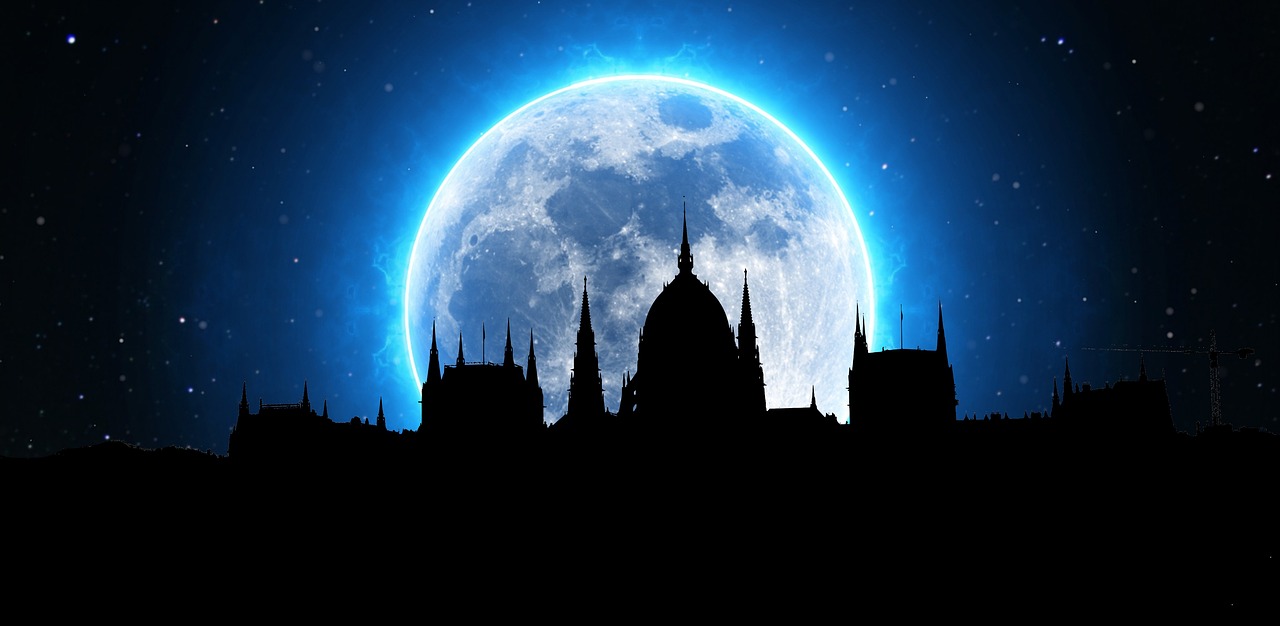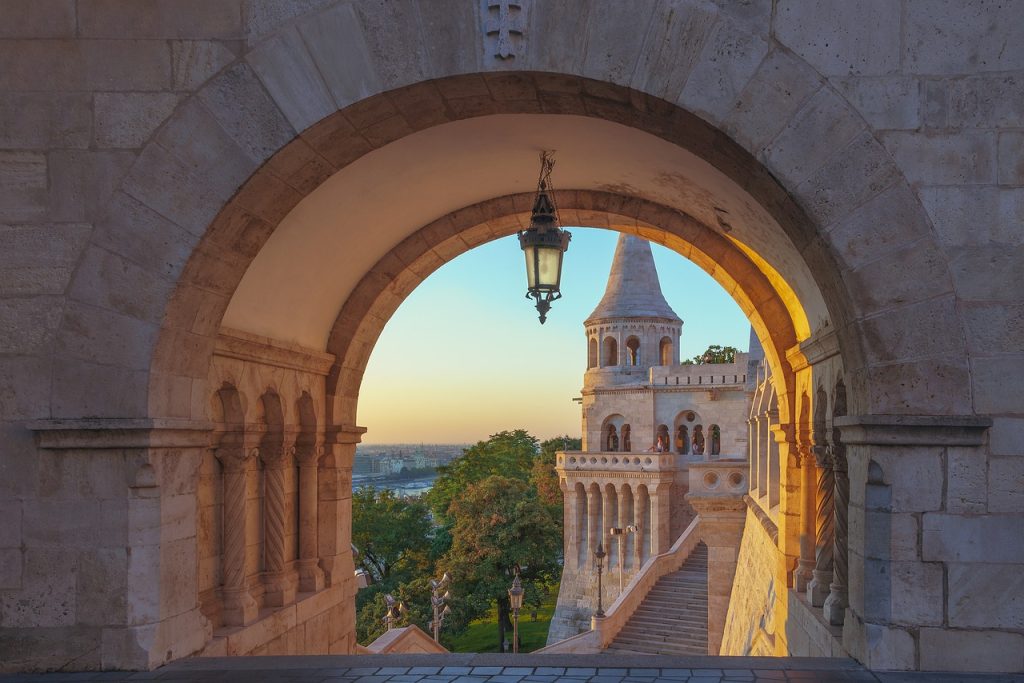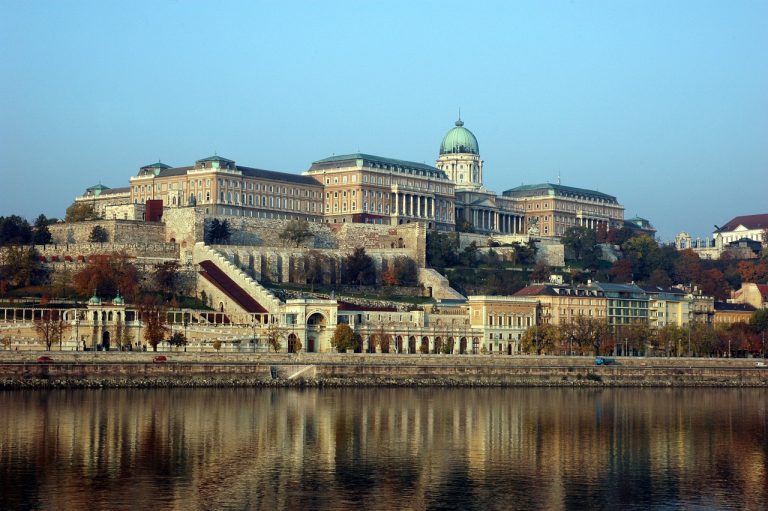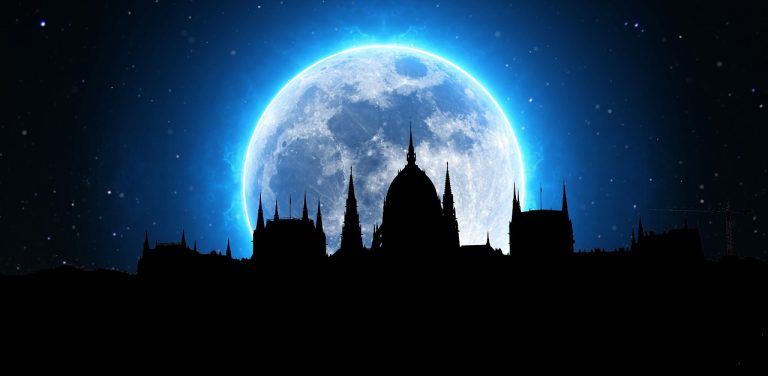Budapest Hungary Video
Budapest Hungary: A Deep Dive into Historical Landmarks
Budapest, the capital city of Hungary, is known for its rich history and stunning architecture. The city is home to numerous historical landmarks that reflect its cultural heritage. In this article, we will take a deep dive into some of the most significant historical landmarks in Budapest, providing detailed information about each site and its historical significance.
Buda Castle
Buda Castle, also known as the Royal Palace, is a grand historical complex located on Castle Hill in Budapest. It was built in the 13th century and has undergone multiple renovations and expansions over the years. The castle complex consists of several buildings, including the Royal Palace, the National Széchényi Library, and the Budapest History Museum.
- Fisherman’s Bastion: This terrace in the Buda Castle complex offers panoramic views of the city. It was built in the late 19th century and features seven towers, each representing one of the seven Hungarian tribes that settled in the Carpathian Basin.
- Matthias Church: Also known as the Church of Our Lady, Matthias Church is a stunning Gothic-style church located within the Buda Castle complex. It dates back to the 14th century and has undergone various architectural styles throughout its history.
- Hungarian National Gallery: Housed within the Buda Castle complex, the Hungarian National Gallery showcases a vast collection of Hungarian art, ranging from medieval times to the present day.

Chain Bridge
The Chain Bridge, also known as Széchenyi Chain Bridge, is one of the most iconic landmarks in Budapest. It was the first permanent bridge to connect Buda and Pest, the two sides of the city divided by the Danube River. The bridge was completed in 1849 and played a significant role in the development and unification of Budapest.
- Lions: The Chain Bridge is adorned with magnificent lion statues at both ends. These statues were sculpted by János Marschalkó and have become iconic symbols of Budapest.
- Illumination: The Chain Bridge is beautifully illuminated at night, creating a breathtaking view of the city skyline. The lighting enhances the bridge’s architectural beauty and adds to the charm of Budapest.
- Pedestrian Walkway: The bridge provides a pedestrian walkway, allowing visitors to enjoy a leisurely stroll while admiring the stunning views of the Danube River and the surrounding landmarks.
St. Stephen’s Basilica
St. Stephen’s Basilica, named after the first King of Hungary, is a magnificent neoclassical cathedral located in the heart of Budapest. It is the largest church in Hungary and a prominent religious and cultural landmark.
- Holy Right Hand: The basilica houses the Holy Right Hand of St. Stephen, a relic of great significance to Hungarian Catholics. The Holy Right Hand is preserved in a chapel within the basilica and attracts pilgrims from around the world.
- Dome Observation Deck: Visitors can climb to the top of the basilica’s dome and enjoy panoramic views of Budapest. The observation deck offers a breathtaking vantage point to admire the city’s architecture and surrounding landmarks.
- Organ Concerts: St. Stephen’s Basilica is renowned for its impressive pipe organ, and regular organ concerts are held within the cathedral. These concerts showcase the grandeur of the instrument and the acoustics of the basilica.

Parliament Building
The Hungarian Parliament Building, located on the banks of the Danube River, is one of the most iconic landmarks in Budapest. It is the seat of the National Assembly of Hungary and a remarkable example of Neo-Gothic architecture.
- Architectural Marvel: The Parliament Building is known for its stunning architecture, featuring intricate details, spires, and a symmetrical facade. It is one of the largest parliamentary buildings in the world.
- Crown Jewels: The Hungarian Crown Jewels, including the Holy Crown of Hungary, are kept within the Parliament Building. The crown holds great historical and symbolic significance to the Hungarian people.
- Guided Tours: Visitors can explore the interior of the Parliament Building through guided tours, which provide insights into its history, architecture, and the functioning of the Hungarian government.
Hungarian State Opera House
The Hungarian State Opera House, located in the center of Budapest, is a magnificent opera house renowned for its exquisite architecture and world-class performances. It was inaugurated in 1884 and has since been a cultural hub for opera and ballet enthusiasts.
- Architectural Beauty: The Opera House features a stunning Neo-Renaissance design, with ornate decorations, grand staircases, and a breathtaking auditorium. The interior is equally impressive, adorned with frescoes and sculptures.
- Opera Performances: The Hungarian State Opera House hosts regular opera performances, showcasing renowned international artists as well as local talent. It is a must-visit for music lovers and those seeking a memorable cultural experience.
- Guided Tours: Visitors can take guided tours of the Opera House to explore its opulent interiors and learn about its history and significance in Budapest’s cultural heritage.

Conclusion
Budapest, Hungary’s capital, is a treasure trove of historical landmarks that showcase its rich cultural heritage. From the grandeur of Buda Castle to the architectural marvels of the Chain Bridge, St. Stephen’s Basilica, Hungarian Parliament Building, and Hungarian State Opera House, each landmark offers a unique glimpse into Budapest’s past and present. Exploring these historical sites allows visitors to immerse themselves in the city’s vibrant history and architectural beauty.
References
- britannica.com
- budapest.com
- hungary.com
- parliament.hu
- opera.hu







